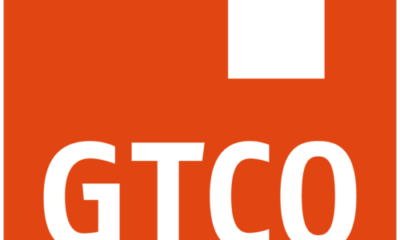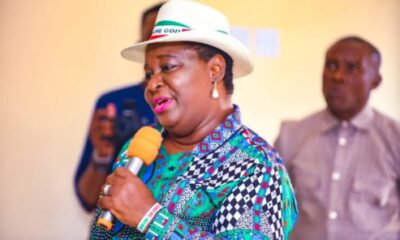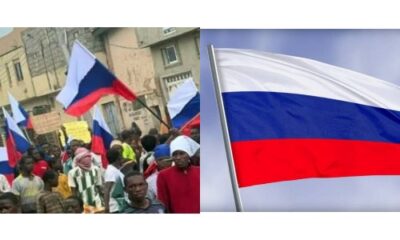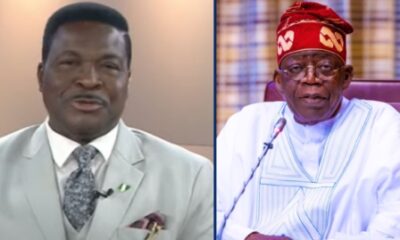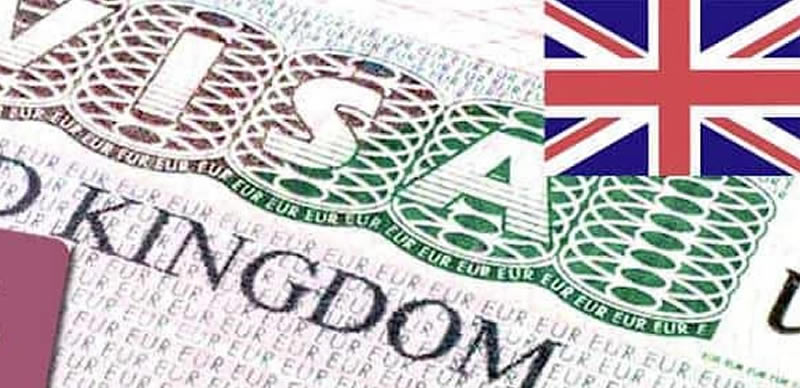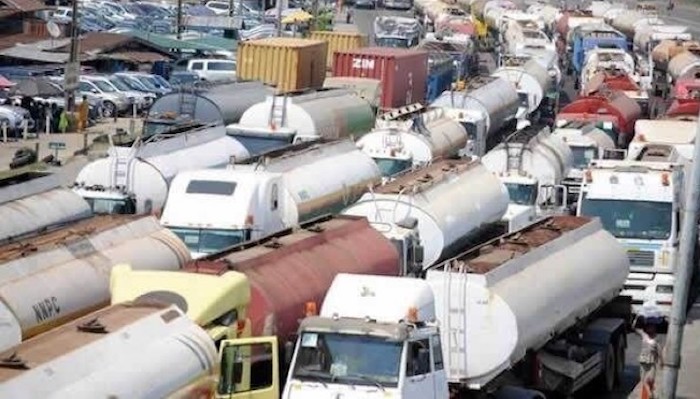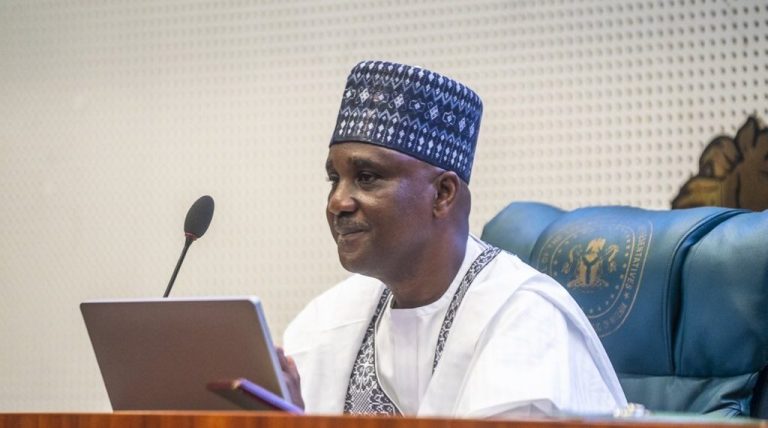A research-based human rights group, the Int’l Society for Civil Liberties & Rule of Law (Intersociety) late Friday morning, November 6, 2020, released the names of some of those reportedly killed during the on-going military operation in Obigbo (Oyigbo), Rivers State, as well as some of those injured.
“In Obigbo and environs in Rivers State, we can temporarily confirm the killing of at least 50 unarmed citizens and injuring of not less than 80 others. We can also confirm eleven deaths so far out of which, eight has their names identified and three yet to be named,” Intersociety said in a report entitled “Unveiling The Obigbo Army Killing Fields: 50 Killed, 80 Injured, Scores Disappeared & Hundreds Held In Secrecy”.
“In all, 110 killed & 200 injured by Army and Police in Rivers, Anambra, Imo, Abia, Ebonyi & Enugu via EndSARS,” according to the report released in Onitsha, Eastern Nigeria, signed by Intersociety’s principal officers: Emeka Umeagbalasi (Board Chair), Chinwe Umeche, Esq., (Head of Democracy), Obianuju Igboeli, Esq., (Head of Civil Liberties), Ndidiamaka Bernard, Esq., (Head of Int’l Justice & Human Rights) and Comrade Sam Kamanyaoku (Head of Field Data Collection & Documentation).
The report reads:
“The Int’l Society for Civil Liberties & Rule of Law can circumstantially, verifiably and statistically state that the EndSARS protests in the Igbo States of Rivers (largely Igbo), Anambra, Enugu, Ebonyi, Abia, and Imo were turned into shooting and killing spree by ethnoreligious imbalanced armed soldiers of the Nigerian Army and personnel of the Nigeria Police Force, leading to close range shooting to death of at least 110 unarmed citizens and terminal injuring of at least 200 others.
“These, including Gov Wike aided Army massacre in Obigbo and environs, generally took place in 14 days or from 21st Oct to 4th Nov 2020. The killings were so glaring that the corpses of the slain littered inside the bushes and by the roadsides; with some buried shallowly or left to decompose and others picked up by their relatives or emergency officials of some of the affected States especially Rivers and Enugu States. There are also independent reports of scores of bodies of the slain buried atrociously by soldiers in shallow graves including melting them with acid substances. Such was the case in Aba in Feb 2016 and Sept 2017 and Onitsha and Nkpor in May 2016.
“While most of the shootings, killings, and injuries had occurred between 21st and 24th Oct 2020; a period of three days, in Enugu, Anambra, Ebonyi, Imo and Abia States, those of Obigbo and environs in Rivers State took place between 21st Oct when the Gov Nyesom Wike imposed curfew in Oyigbo Local Government Area, targeting Obigbo and environs and 4th Nov, a period of 14 days, when the curfew supposedly elapsed and the massacre forced to subside following public outcries. Since then, Gov Wike has been running from pillar to pole defending himself, saying he ‘did not invite soldiers to kill Obigbo residents”.
“We also wish to state clearly that the 50 death figures and 80 gunshot injuries in Obigbo and environs are most likely to be very conservative. This is going by the fact that pieces of credible information are still filtering in and what we have given here is the general evaluation of what happened. The projected 50 deaths and 80 injuries were temporarily arrived at based on credible information gathered from some of the survivors, who also told us that “they saw soldiers driving away dozens of blindfolded residents of their area (Obigbo and environs) with their hands tied behind their back and taken away half-naked in batches of military vehicles”.
Intersociety is presently carrying out an extensive investigation into the massacre especially with regard to ascertaining the final figure of the dead, the tortured, the sexually harassed including the raped; the burnt, the destroyed, the looted, the arrested and incarcerated, and the permanently disappeared.
“The number of those blindfolded and made half-naked who were independently seen being taken away is estimated at over 200. Our contacts who independently verified from police authorities said police told them that none of them arrested and taken away by soldiers since 21st Oct has been handed over to the Rivers State Police Command as of 4th Nov 2020. This raises serious suspicion of the secret killing of scores of them by soldiers and possible decimation of their bodies with acid substances for purpose of erasing traces. We also seriously suspect that those arrested for two weeks and possibly held illegally in secret Army custodies are most likely to be undergoing outlawed and agonizing detention practices.
“Therefore, as statistics conscious rights group, Intersociety has refused to speak categorically on the Obigbo massacre until pieces of reliable statistics or information are gathered. That is to say that this position of ours on the number of the slain and the maimed arising from the massacre is not final, but a credible attempt to present the thirsty global community with a general statistical idea of what the ethnoreligious lopsided Nigerian Army did to Christian citizens of old Eastern Nigeria in Obigbo and environs, in a full conspiracy of Gov Nyesom Wike.
“We are also in possession of dozens of photos and videos of the slain and the maimed, collected from Rivers, Anambra, Ebonyi, Imo, Enugu and Abia States. Apart from getting them from direct sources, they have also been manually and forensically investigated. The photos and videos, many of which not public image friendly, except on personal or formal requests, clearly depict deadly use of force by the culpable soldiers and police personnel particularly in Obigbo and environs where ‘heavy’ military bullets were used against unarmed and defenseless citizens.
“The victims were also targeted and shot at close range and forbidden or sensitive parts of their bodies; all with intent to massacre or slay. That is to say that the slain victims seen and verified were shot at close range and their sensitive parts including forehead/brain, chest/heart, abdomen/manhood, stomach, and eyes/nose/mouth regions. For instance, Intersociety agrees with Gov Nyesom Wike, to an extent, that “some photos and videos being flooded in the social media as those linked to the Obigbo massacre are fake or not connected with same”, but not all of them are fake or with different origins.
“Gov Wike’s position on this has implied that ‘soldiers and proscribed SARS operatives did not kill defenseless residents of Obigbo and environs, or destroy and burn properties including residences, or sexually harass including engaging in forced sexual intercourse with or raping unmarried/young married women, or carry out general acts of torture, or blindfold some defenseless residents, take them to unknown military destinations and possibly kill them, or engage in a mass arrest of hundreds of the residents of the area; etc. Contrarily, the reverse is the case.
“Obigbo Casualties & Injuries: Therefore, in Obigbo and environs in Rivers State, we can temporarily confirm the killing of at least 50 unarmed citizens and injuring of not less than 80 others. We can also confirm eleven deaths so far out of which, eight has their names identified and three yet to be named. Their names are (1) Pastor Igwe (slain husband of Mrs. Amara Igwe), (2) Queen Nwazuo (slain fiancée of Mr. Monday Bakor), (3) Okoro Peter, and (4) Chinwendu O.: they were shot at close range and killed instantly by soldiers on 24th Oct 2020 few meters away from Gov Wike’s convoy.
“The Gov was visiting Obigbo to assess his military deployment and curfew the same day and the two young residents barely emerged from their houses to hear what their Gov has come to tell them when soldiers sighted them and opened fire, killing them instantly. They were shot at forehead, forcing the brain-box of Late Chinwendu to bust and emptied at the center of the road. Other dead citizens were: (5) Jude Egejuru (died from gunshot injuries), (6) Clifford Nkemdilim, (7) Late Miss Ngozi Ozuo, (8) Udeme Ossy Monday, (9) a yet-to-be-identified dead citizen, (10) second yet-to-be-identified citizen and (11) third yet-to-be-identified dead citizen. It must be noted that soldiers took away the bodies of most of those killed.
“Among the deadly injured are: (1) Chukwuma Chinonso, (2) Nwoke Okwudiri Nwonye, (3) Uche Ogbonna, (4) Chikaodi Agwu, (5) Michael Okwudiri, (6) John Emeka, (7) Agwu Enyi, (8) Obichukwu Chibuike, (9) Izuchukwu Igwe, (10) Eluu Chukwuemeka, (11) Arinze Joshua, (12) Nwakama Izuegbe, (13) Destiny Okorie, (14) Michael Nkama, (15) Israel Asoh, (16) Emeka Heart, (17) Victor Heart, (18) Orji Amaoji, (19) Paschal, (20) Obasi Emela, (21) Chiwuzu Orjinta and (22) Sylvester Odoche.
“Casualties & Injuries Across The Southeast: In Ebonyi State, where at least ten citizens were killed, among them were: (1) Nwibo Chibueze, (2) Nwali Emeka, (3) a yet-to-be-identified young man in his twenties, and (4) Ofoke Sunday. Among at least 30 victims of gunshot wounds in the State are: Oshopo Chinedu, (2) Ngoke The, (3) Nwoji Ikechukwu, (4) Nwovu Ikechukwu, (5) Nwofe Lewis, (6) Elom Chimezie, (7) Opoke Mbakwe, (8) Onwe Monday, (9) Elochukwu Suday, (10) Onwe Ezekiel, (11) Igwe Uchenna, (12) Nwudele Uchenna, (13) Nwudele Uchenna, (14) Nwamiri Chukwudi, (15) Nwebi Stephen, (16) Nwofoke Ugochukwu, (17) Nwoke Peter, (18) Mbam Emmanuel, (19) Okey Emeka, (20)Egba Izuchukwu, (21) Awoke Nnamdi and (22) Alo Peter.
“In Enugu State, where at least ten citizens were killed, among them were: (1) Christian Ugwuaja, (2) Sunday Chime, (3) Victor Igwe, and (4) John Ikemuefuna. Among at least 30 gunshot victims are (1) Okafor Kosisochukwu, (2) Ezeagbo Ifeanyi, (3) Odigomma Chimazom, (4) Ajah Chukwuemeka, (5) Somtoo Nwaeze, (6) Innocent Ominyi, (7) Friday Mgebebu, (8) Ezinduamaka Osondu, (9) Happiness Chidiebere, (10) Chinonso Obodoagu, (11) Idoko Ebuka, (12) Ibebuike Uzoigwe, (13) Chidi Oguejiofor, (14) Odinaka Ejim, (15) Solomon Okafor, (16) Ani Ifedibalachukwu, (17) Ituma Tochukwu, (18) Oge Simon, (19) Ezeaga Chukwuma, (20) Onwuna Kosiso, (21) Onwe Humphrey, (22) Sunday Kingsley Nweze and (22) Akpataobi Peter.
“In Anambra State, where at least ten unarmed citizens were killed, among them were: (1) Ezenwile Okwuchukwu John, (2) Obasi Mmaduabuchi, (3) Nwafor Ikechukwu and (4) Ekeh Emmanuel Friday; and among 20 wounded citizens are (1) Okafor Chidi, (2) Ogbada Chinonso, (3) Chigozie Ezenwa, (4) Nwokwu Anayochukwu and (5) Onuoha Kalu. In Abia State, were up to, if not over 20 citizens were killed, among them were: (1) Ifeanyi Nwaogu, (2) Isaiah Chiedozie, (3) Chijoke, (4) Chinedu, (5) Kelechi Godslove, (6) Uche (killed at Ogbohill, Aba), (7) Gorge (killed along Cameroon Road, Aba) and (8) Chukwuka Odinaka Omemma; and among some 25 gunshot injured citizens are: (1) Cyprian Onwe, (2) Uchenna Kalu, (3) Nze Anayo Okoro, (4) Enyinnaya Agha and (5) Chinomso Nkalu. In Imo State, ten persons were killed in Mbaitolu and Orlu and about 15 others shot and injured. Among the dead were Late Mr. Agomuo of IMSUBEB (killed by Army at Nworie-Ubi, Owerri), and Mr. Uwadi Ebuzoeme shot dead in Orlu.”

 BIG STORY4 days ago
BIG STORY4 days ago
 BIG STORY4 days ago
BIG STORY4 days ago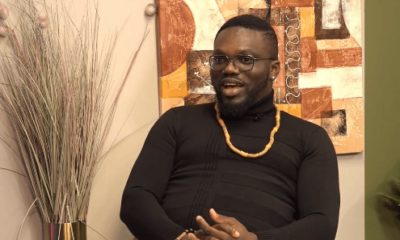
 BIG STORY4 days ago
BIG STORY4 days ago
 BIG STORY2 days ago
BIG STORY2 days ago
 BIG STORY2 days ago
BIG STORY2 days ago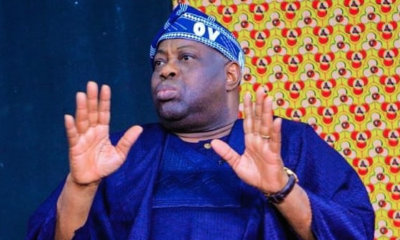
 BIG STORY3 days ago
BIG STORY3 days ago
 BIG STORY2 days ago
BIG STORY2 days ago
 BIG STORY4 days ago
BIG STORY4 days ago







